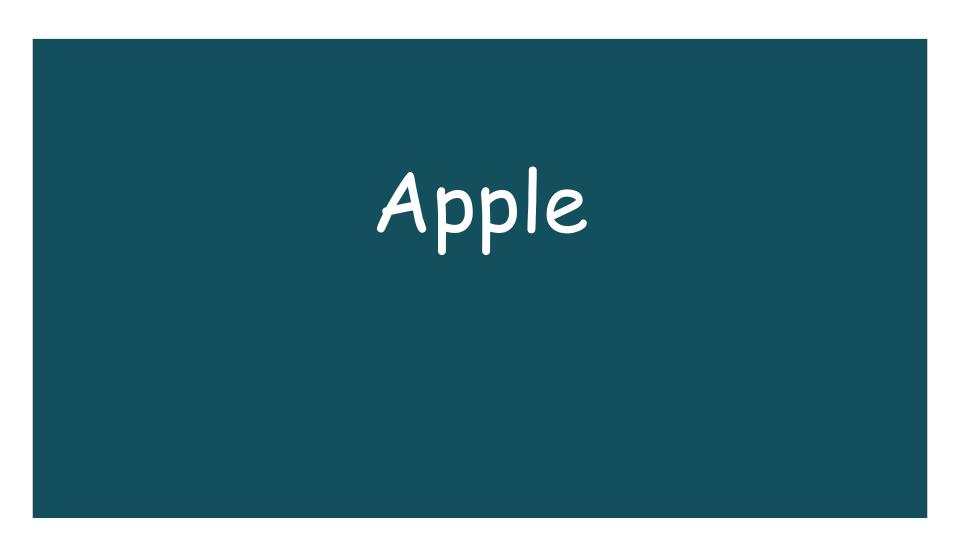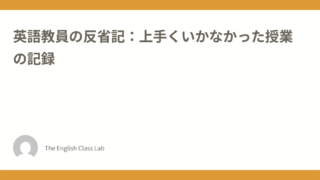Contents
Outline
To conduct lessons in English, it’s essential to create an environment where students feel comfortable speaking English. The Word Guessing Game is an ideal activity to get students to start speaking English.
Flow of the Word Guessing Game
In this activity, students form pairs and stand up. They play rock-paper-scissors, and the loser turns around. The teacher writes a word on the blackboard, and the winner explains the word in English to the partner who is facing away. Once the partner guesses the word correctly, both students sit down.
This is an excellent communication activity to help build a foundation for conducting English classes in English. Another great advantage is that it requires very little preparation, so it doesn’t put extra burden on the teacher. Being able to prepare quickly is important for making this activity sustainable.
Instructions to give students:
“Stand up and play rock-paper-scissors with your partner. Winners, turn around. Don’t look at the blackboard. Losers, look at the word on the blackboard. Explain the word within one minute.”
Once one student in each pair is facing away, the teacher writes the word on the blackboard (or preferably shows it on a slide if available).
However, when doing this activity for the first time, students may get confused due to unfamiliar instructions. Therefore, it’s important to demonstrate the procedure with the help of one student to give everyone a clear image of what to do. I always use the word “apple” for the demonstration.

Ask one student to stand and turn around. Then I say, “This is a fruit. It is red,” and have the student guess the word. In most cases, the answer “apple” comes up. This helps students understand how the activity works.
To explain “apple,” most people use “fruit” and “red.” In that case, the partner has about a 99% chance of answering “Apple!” (Sometimes they say “strawberry” first, but when it comes to red fruits, usually only apple or strawberry come to mind.)
If the students are at a higher proficiency level, they might be able to say something like, “It’s a red fruit. It’s bigger than strawberries.”
The strength of this activity lies in its flexibility. It can be done in any level of classroom. Even if students cannot speak in full sentences, they can still manage by listing words. At the very least, they get a chance to try communicating in English.
Choosing Words
For both junior and senior high school students, it’s best to start with common nouns and gradually increase the level. Depending on the students’ level, you may also add rules such as requiring full sentences.
To avoid differences in difficulty between pairs, try to choose words from the same category for each round.
By the way, in principle, only nouns should be used for the Word Guessing Game. Verbs and adjectives are difficult to explain and require a higher level of English proficiency, even for high school students.
Word List by Category
Below is a list of words grouped by category that are suitable for the Word Guessing Game. In the beginning, you can simply pick words from this list.

Some words might seem easy but are unexpectedly hard to explain. For example, avocados are often mistaken for vegetables, but they are technically fruits. Also, there may be debates over whether a watermelon is a fruit or a vegetable.
Other Ideas…
Use textbook vocabulary
You can also use new words or key vocabulary from the textbook as a review activity. In this case, it’s okay for both students in the pair to look at their textbooks. Have them use sentences from the textbook to explain the word. Depending on the difficulty of the vocabulary, you may be able to include verbs and adjectives.
Use words from the vocabulary list
If students use a vocabulary list and take vocabulary quizzes, it would be a waste not to use that resource. Choosing words from the test range before a quiz makes the game a good review activity—two birds with one stone.
Conclusion
That concludes the introduction of the Word Guessing Game. As mentioned at the beginning, this activity is ideal for building a foundation for conducting lessons in English. I hope you’ll give it a try in your own classes.





